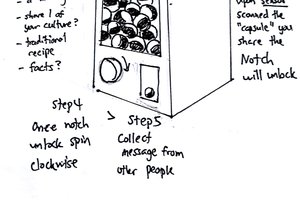Demo video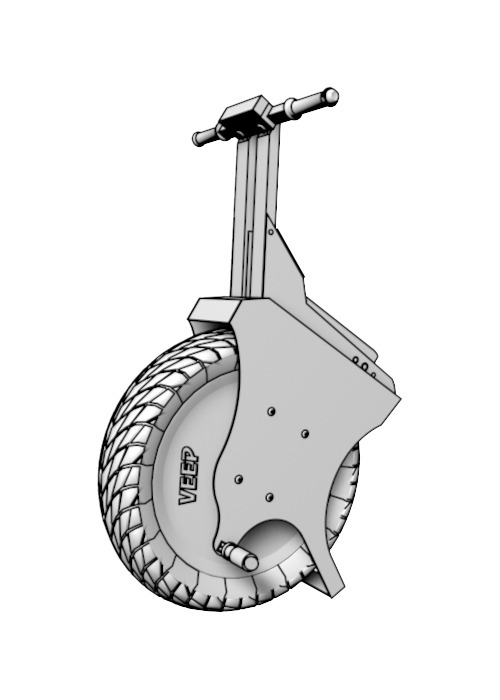 The "VEEP-One" is connected via Bluetooth to Smartphone user through a specialized application installed on an Android system. Once communication is established the gyroscope and accelerometer internal of the smartphone is completely disabled for normal use of smart phone, and change its use to take control of the balance and stability of the vehicle. the user must place the smartphone on a site insurance, regardless of the horizontal or vertical position. All registration data and sensor values are transmitted by bluetooth communication protocol to the internal computer "VEEP-One" there, the integrated software performs corrections in milliseconds to always control at all times the horizontal position the user always this confident in his chair.
The "VEEP-One" is connected via Bluetooth to Smartphone user through a specialized application installed on an Android system. Once communication is established the gyroscope and accelerometer internal of the smartphone is completely disabled for normal use of smart phone, and change its use to take control of the balance and stability of the vehicle. the user must place the smartphone on a site insurance, regardless of the horizontal or vertical position. All registration data and sensor values are transmitted by bluetooth communication protocol to the internal computer "VEEP-One" there, the integrated software performs corrections in milliseconds to always control at all times the horizontal position the user always this confident in his chair.
When the communication is established correctly between the smartphone and the internal computer "VEEP-One", the user only has to turn on the machine, from a main switch located on the back. "VEEP-One" is able to find for yourself the Horizontal position and get to where the user is (no longer than 1.5 meters), ie changes from the rest position to the working position almost without human intervention. (Please look the video : seconds, 3 to 13)
Bluetooth communication also allows the user to do the same things that normally would with your phone, for example, answer calls (via headset) or listen to music while driving to "VEEP-One".
The brushless motor accelerates or decelerates according to the pressure exerted by the user on the rudder, the higher pressure forward various horizontal position in a few tenths of a degree, which means the computer must send higher revs the engine in forward direction. When on the contrary the user pulls back the helm gravitational force varies negative number which makes the computer send order lower engine revolution.
To achieve the turning movements of "VEEP-One" the user must simply tilt ever so slightly his body according to the direction where you want to turn, a very small movement takes a turn in a wide radius, but if given a strong inclination, the turning radius shorter and therefore the rotation is more closed.
Once the user locates the most comfortable chair position, it is available to locate the handlebars (handlebar, steering wheel) control of the machine. In order to advance forward the user exerts a slight pressure of his arms on the steering wheel and gives the order to march forward machine, if instead pulling force is exerted (back), the machine curb, if is made on the fly (move forward) or if you are in a position to zero speed, the machine will understand that the intention of the user is back and this will reverse. The horizontal balance is given to the machine by the speed and direction of rotation of the motor, controlled by an electronic control that sends commands supported by an internal computer and in this case provides the intelligent part of the machine.
It made a total of 28 prototypes for more than 13 months ago, its physical design and manufacturing industrial processes have changed as a result of trial and error learning during that period. The "VEEP-One" concept, method, technology brand and technology are internationally protected by intellectual property laws from the patent office of the United States of America and the European Community, provisional application. This development is the work of conception, design and manufacturing and research and development of its Inventor CARLOS ANZOLA.
Technical Features:
• Autonomy with battery full load / 25 KM
• Time to charge: 1.5 hours
• maxim speed: 32 km / h
• Average speed: 17 km / h
• maximum weight support: about 125 kg
• Wheel Size: 18 inch
• Bluetooth device inside for all communications with smartphone.
• Connector to recharge the mobile (for a few minutes)
My web site CARLOS ANZOLA
CARLOS ANZOLA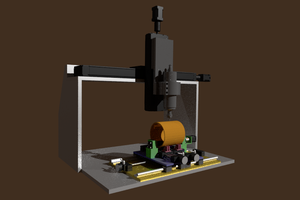
 jvsalatino
jvsalatino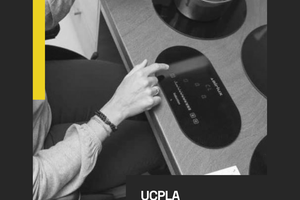
 Supplyframe DesignLab
Supplyframe DesignLab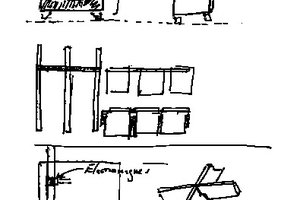
 jason.gullickson
jason.gullickson